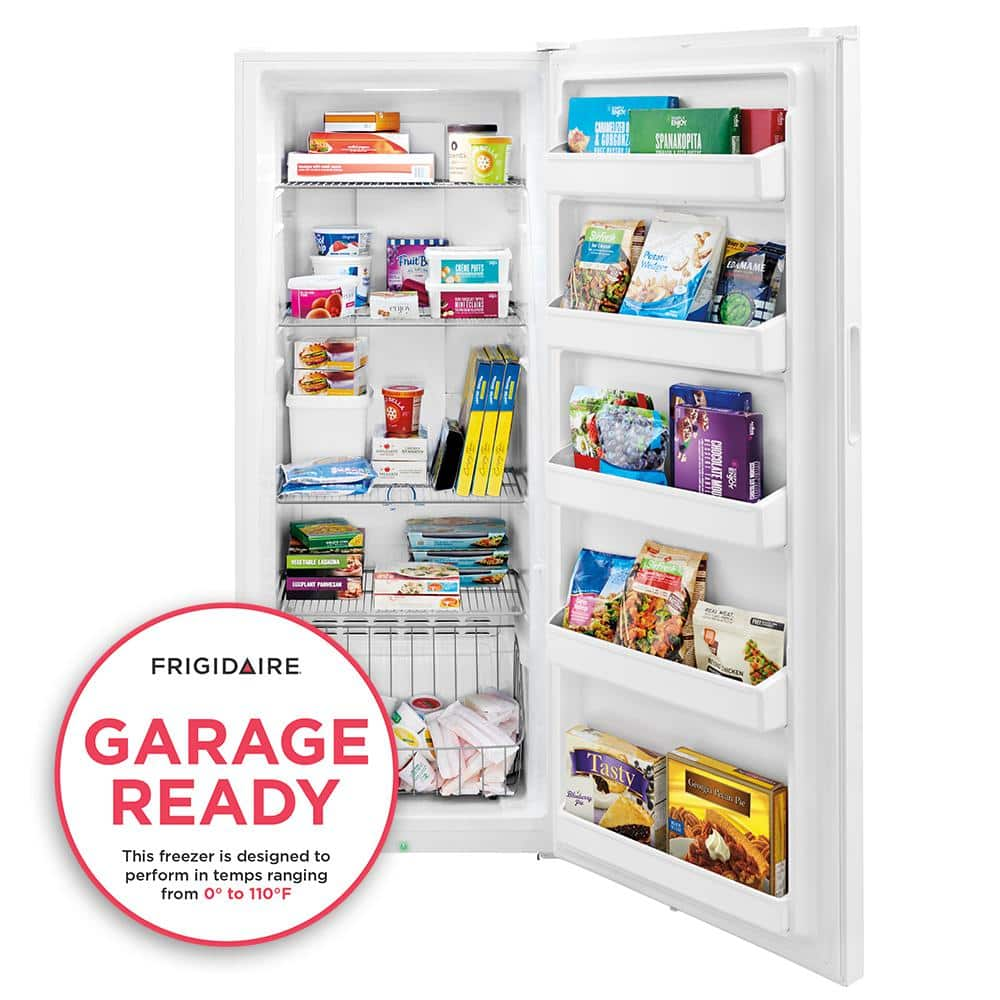Beko CRFG3582W 50/50 Frost Free Fridge Freezer – White – A+ Rated
263 litre capacity – holds 14 bags of food shopping. Frost free freezer – never manually defrost again. Special drawer to keep fruit and veg organised. Reversible doors to suit your kitchen layout.
Keep your ingredients for Sunday roasts and other recipes fresh for longer with this fridge freezer from Beko. It has a 263 litre capacity, which means it can hold 14 bags of food shopping. Thanks to its frost free technology, you never have to manually defrost again – cool air circulates to prevent icy build-ups. And the Salad Crisper drawer makes organising fruit and veg easy as pie for when you want a healthy snack. Also, the reversible doors can be installed to open from the right or left to suit your kitchen’s layout.
- 263 litre capacity – holds 14 bags of food shopping
- Frost free freezer – never manually defrost again
- Special drawer to keep fruit and veg organised
- Reversible doors to suit your kitchen layout
- Dimensions (cm) – H182.4 x W54 x D57.5
Additional information
| Dimensions | (H)182.4 x (W)54.0 x (D)57.5 |
|---|---|
| Fridge Capacity (Net) | 168 Litres |
| Total Capacity | 263 Litres |
| Manufacturer Warranty | 1 Year |





by Margaret
Plenty space in fridge and freezer to suit two adults
by David
Nice 50/50 fridge freezer, frost free well worth the price works well and nice to look at an all round great fridge freezer for your home or work space.
by Lizzy
Great fridge freezer. No more frosting up of the freezer and can get much more in. Fridge is a good size too. Led light is a nice touch in the fridge.
by Graeme
Quite a decent fridge freezer I’d definitely recommend it.
by Neil
Excellent first class service, delivery could not have been better, quiet with plenty of space. Good Price Good Product. Excellent Company. Second time I have bought from AO will be back.